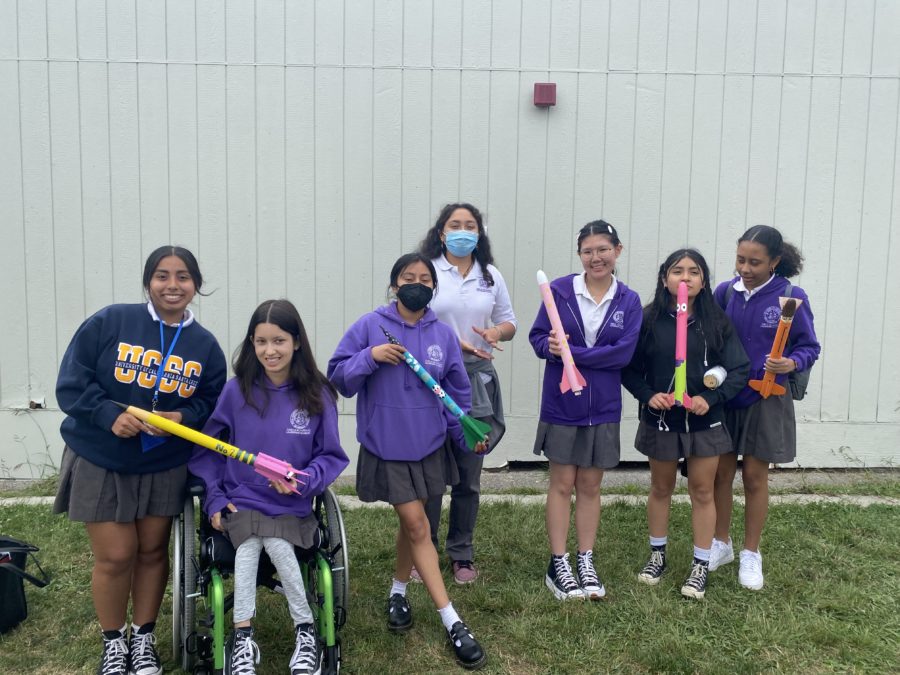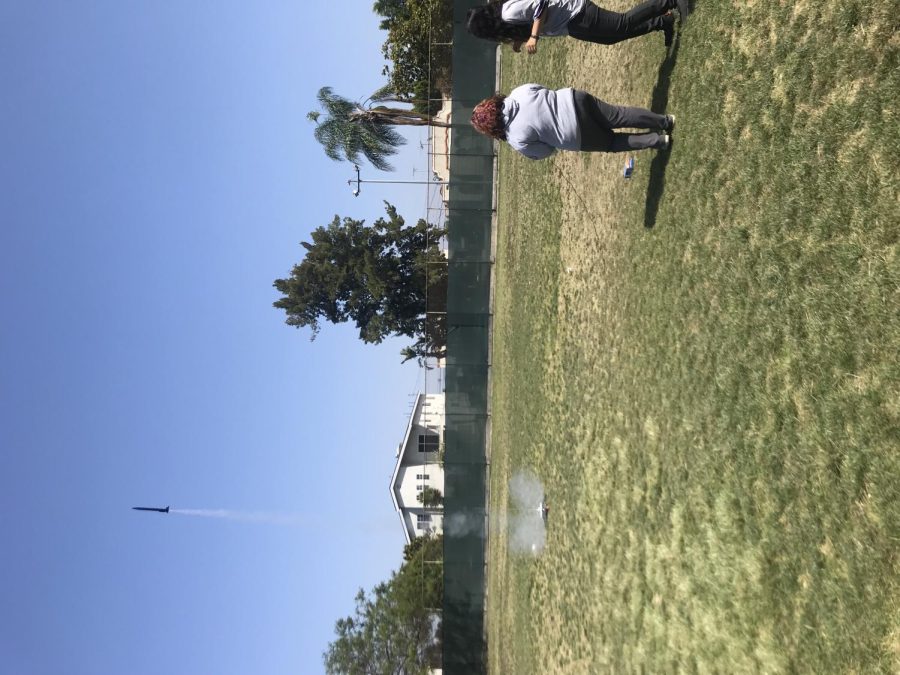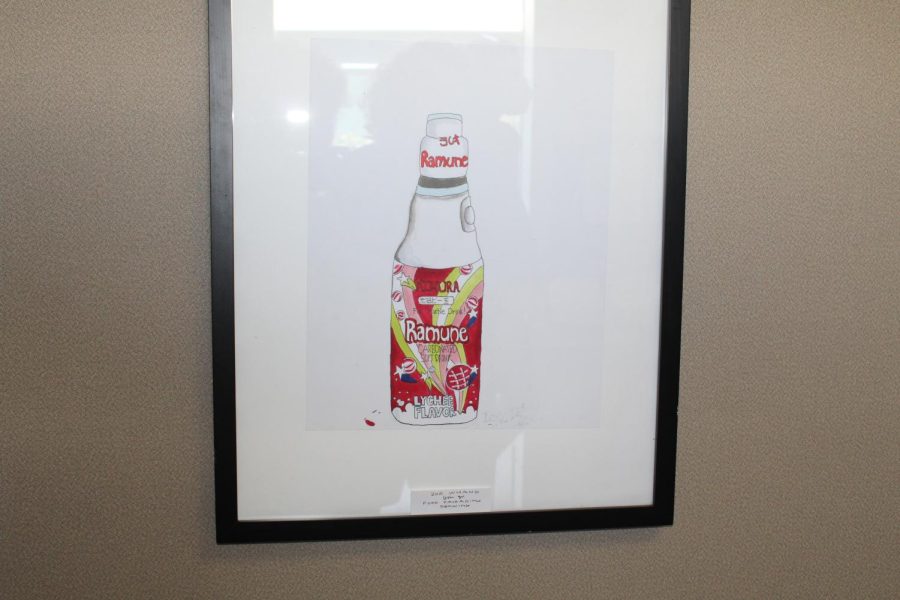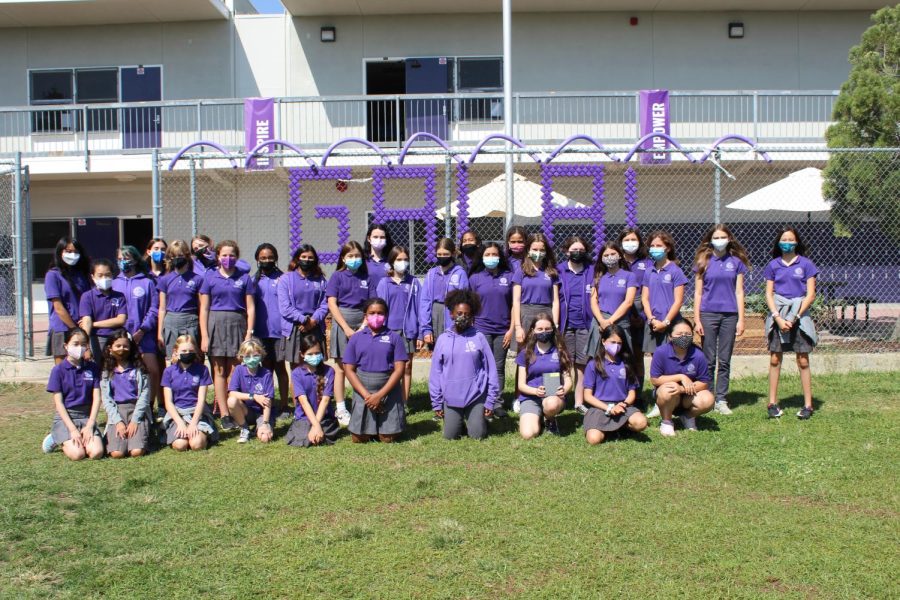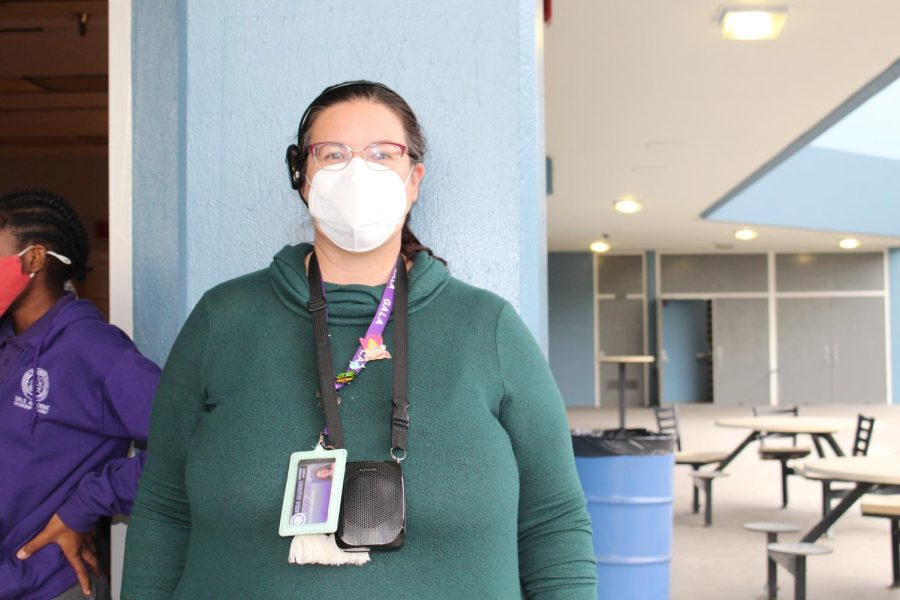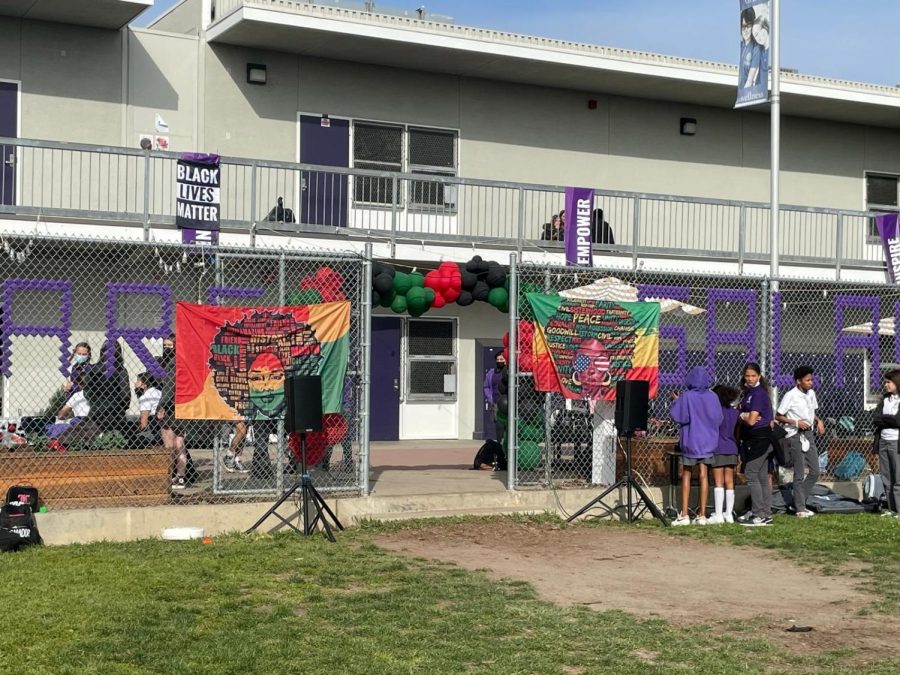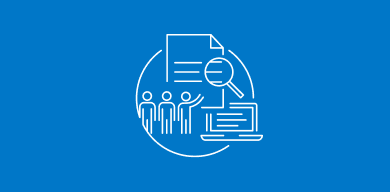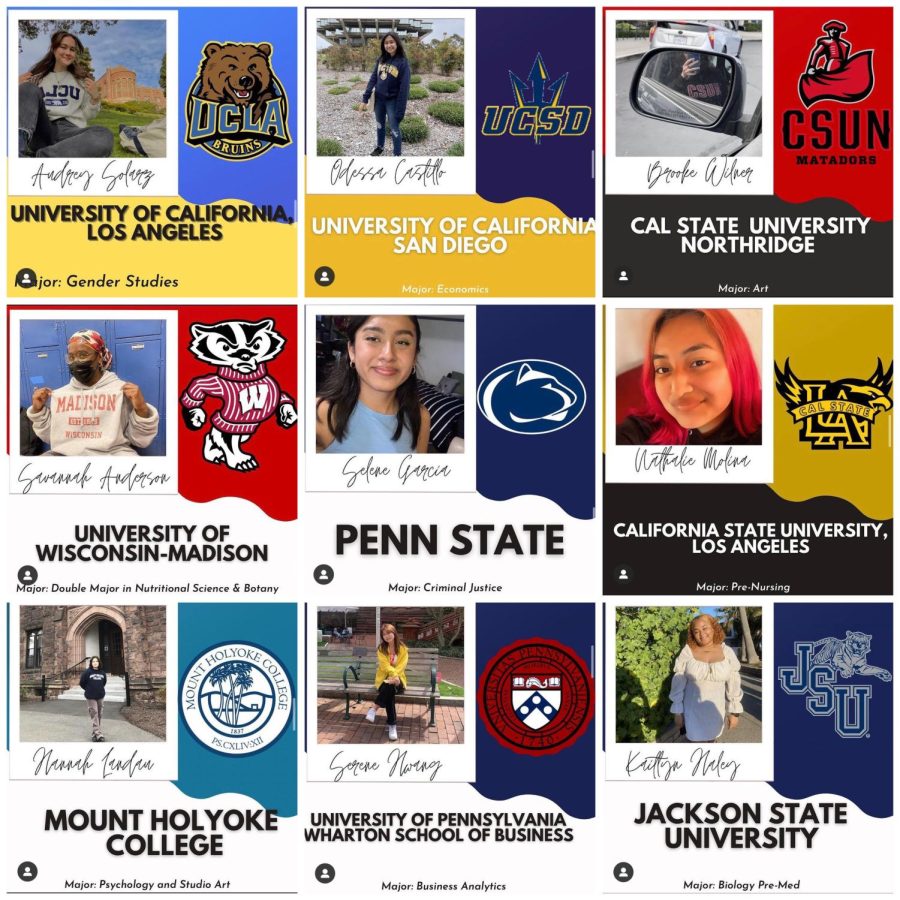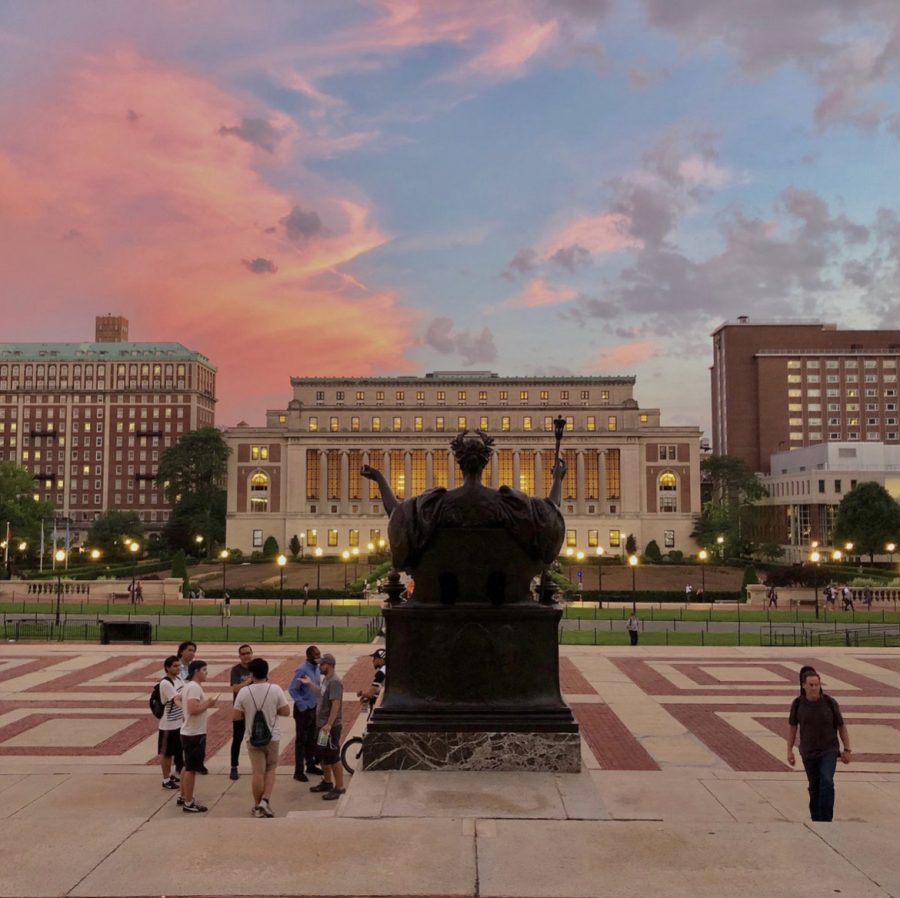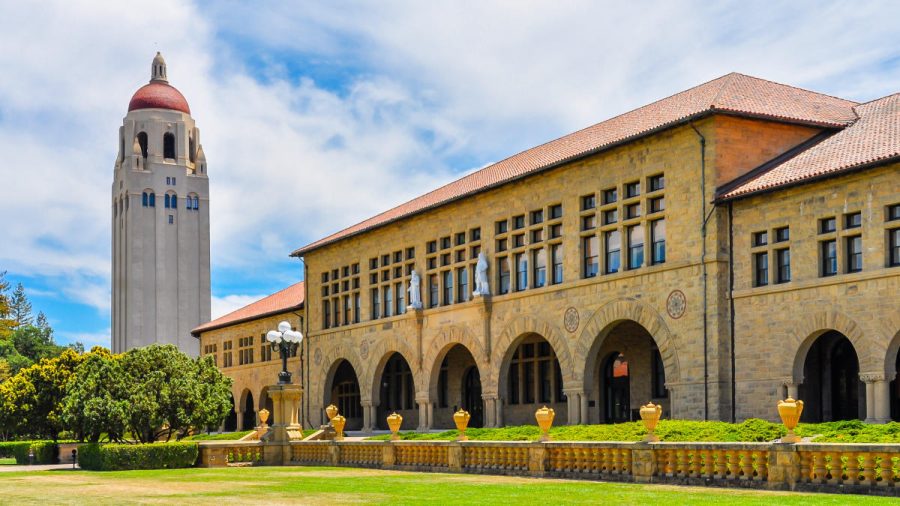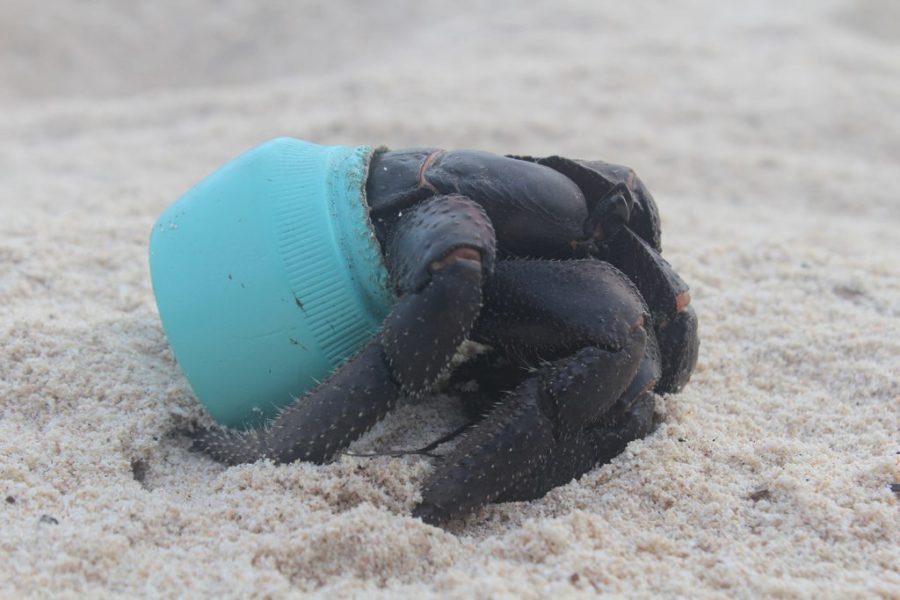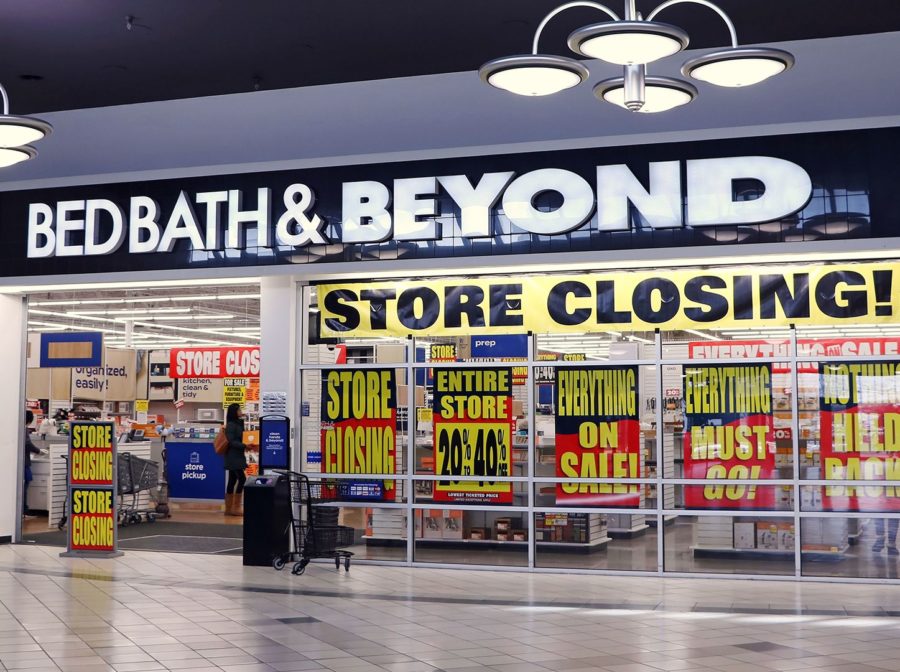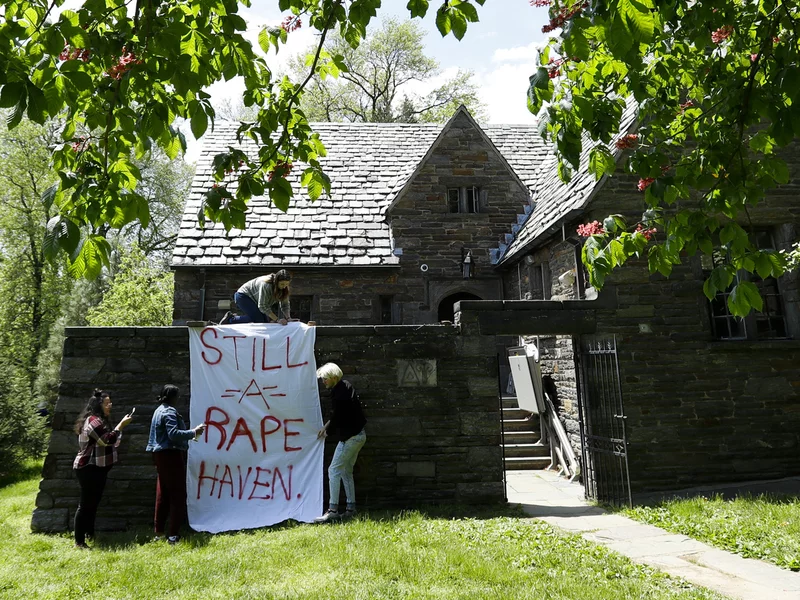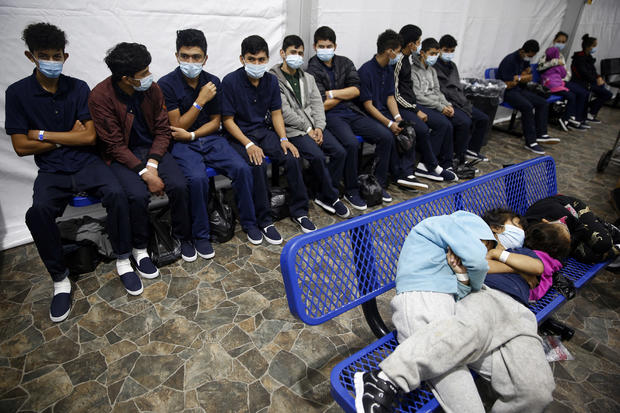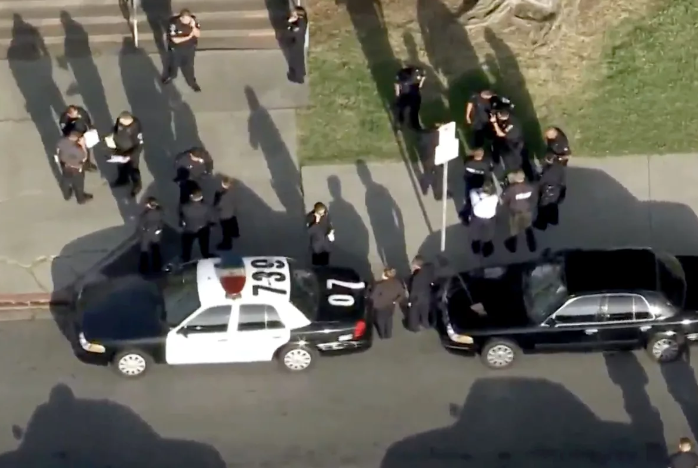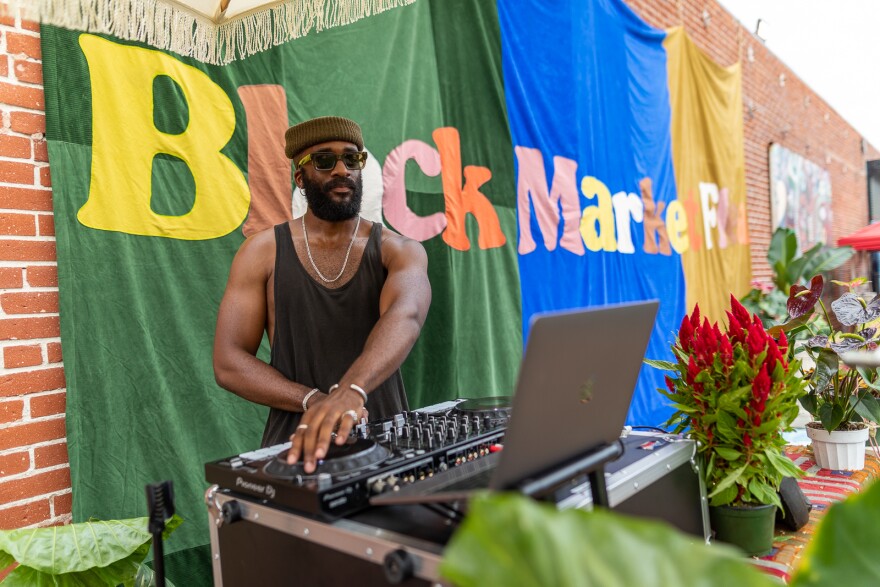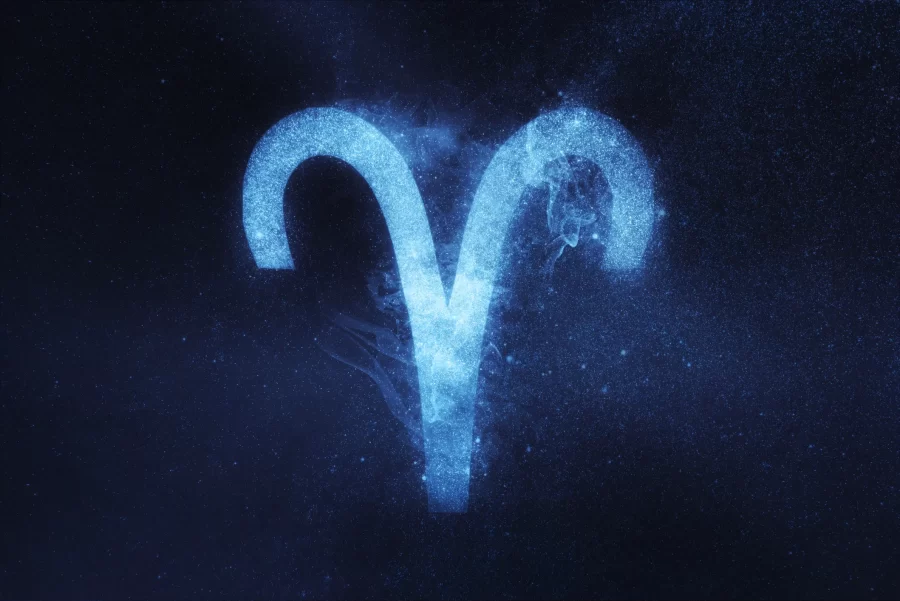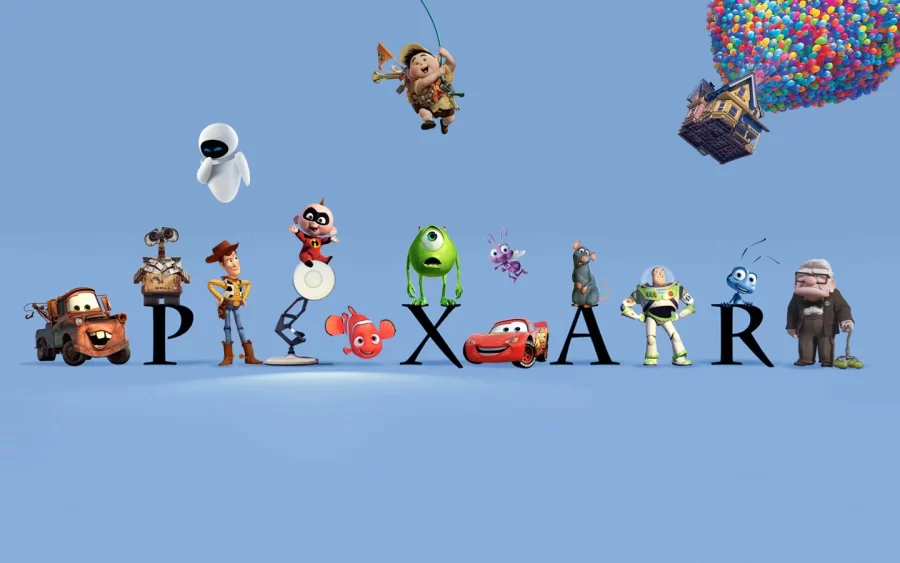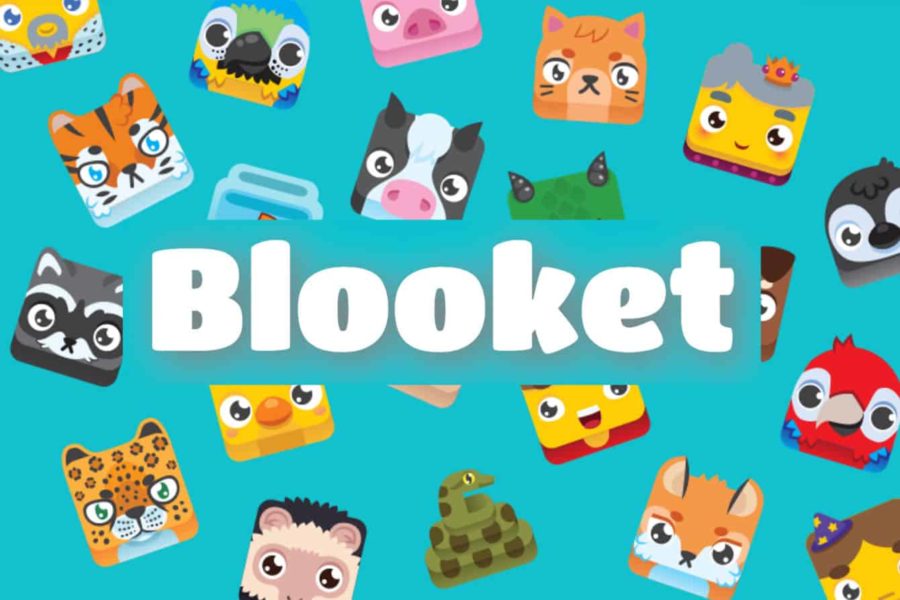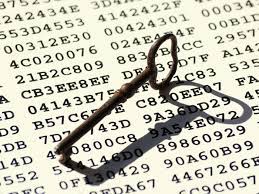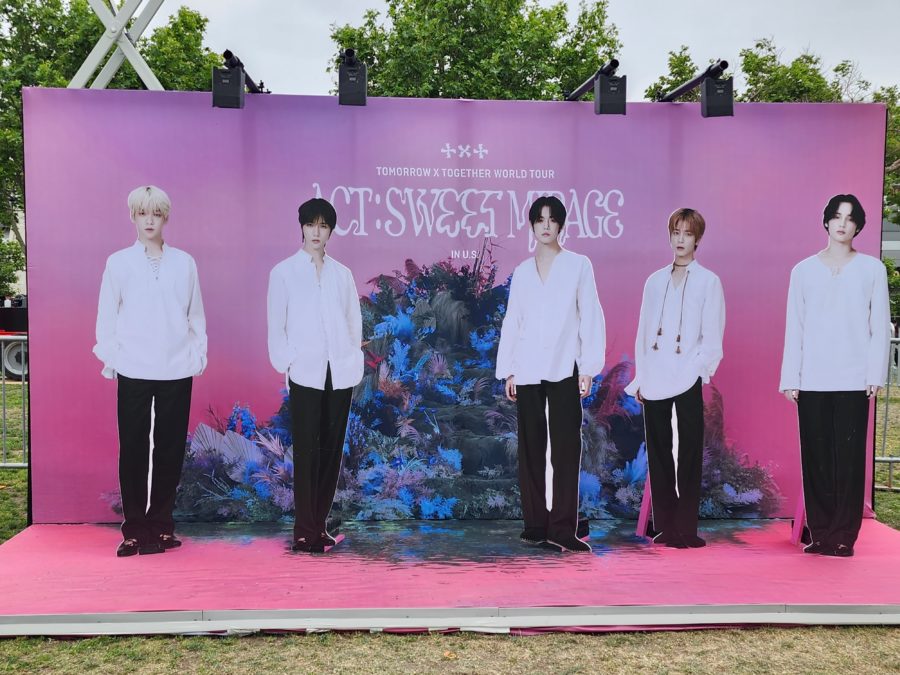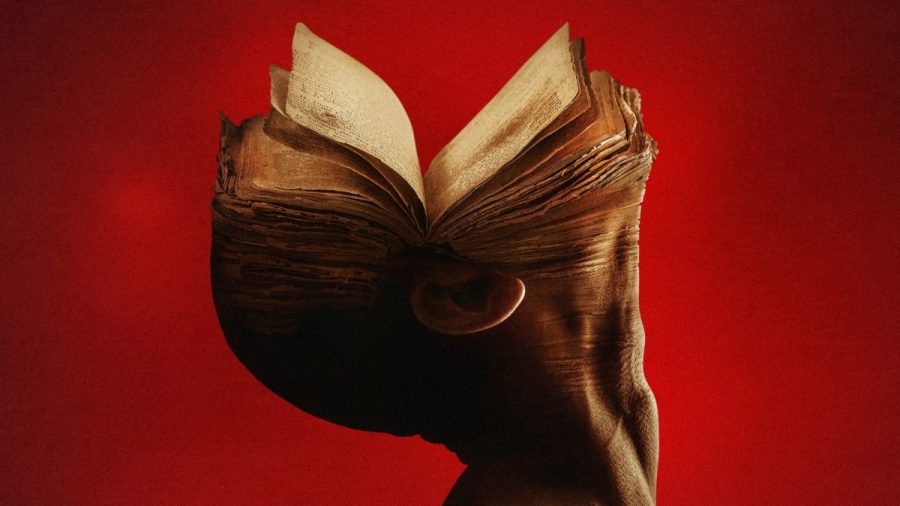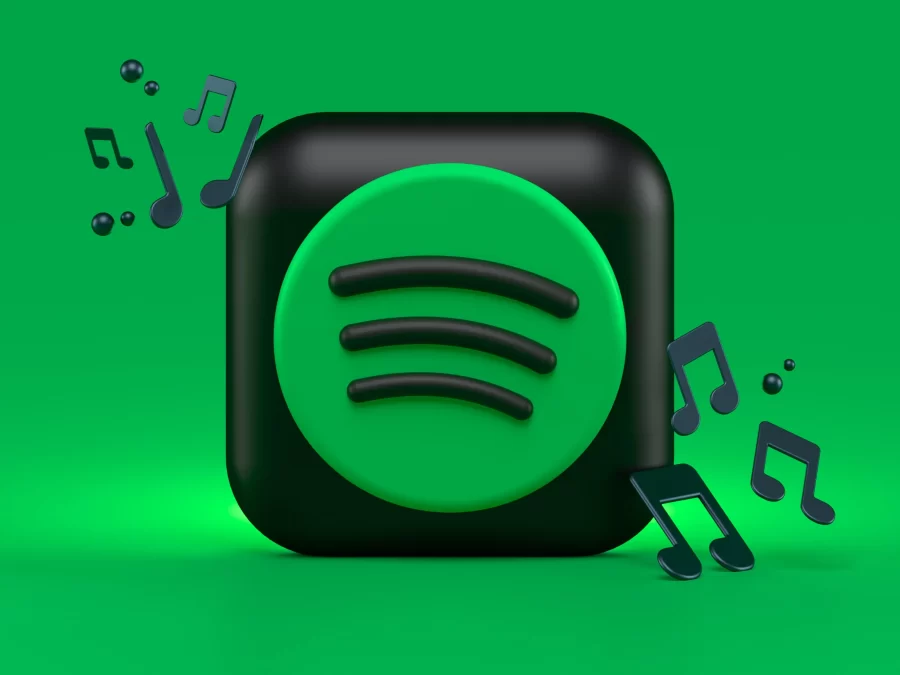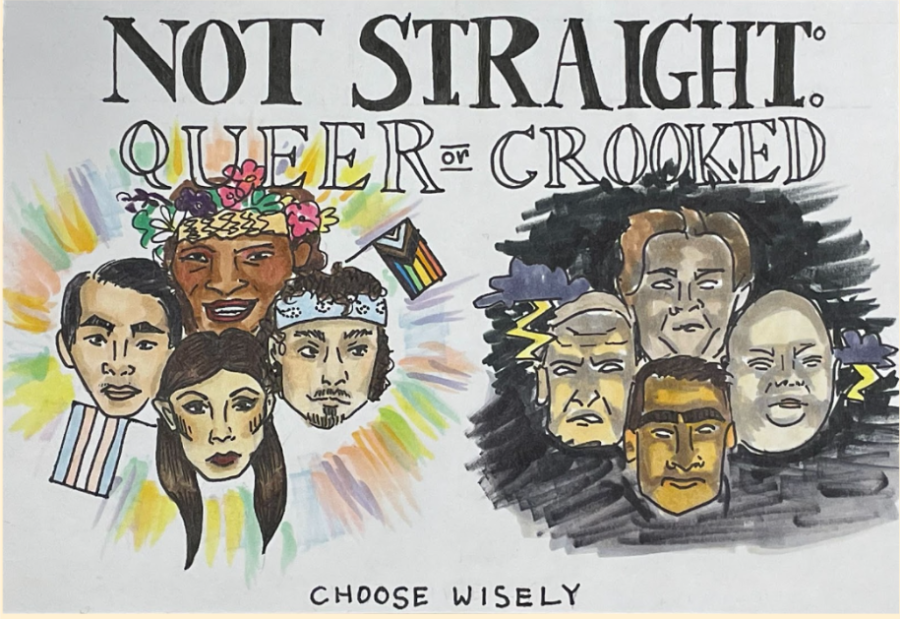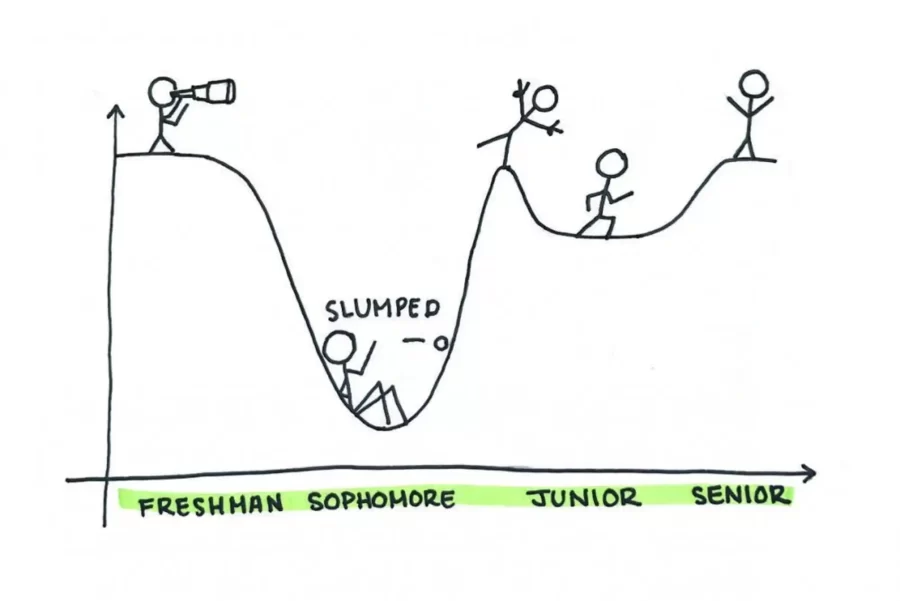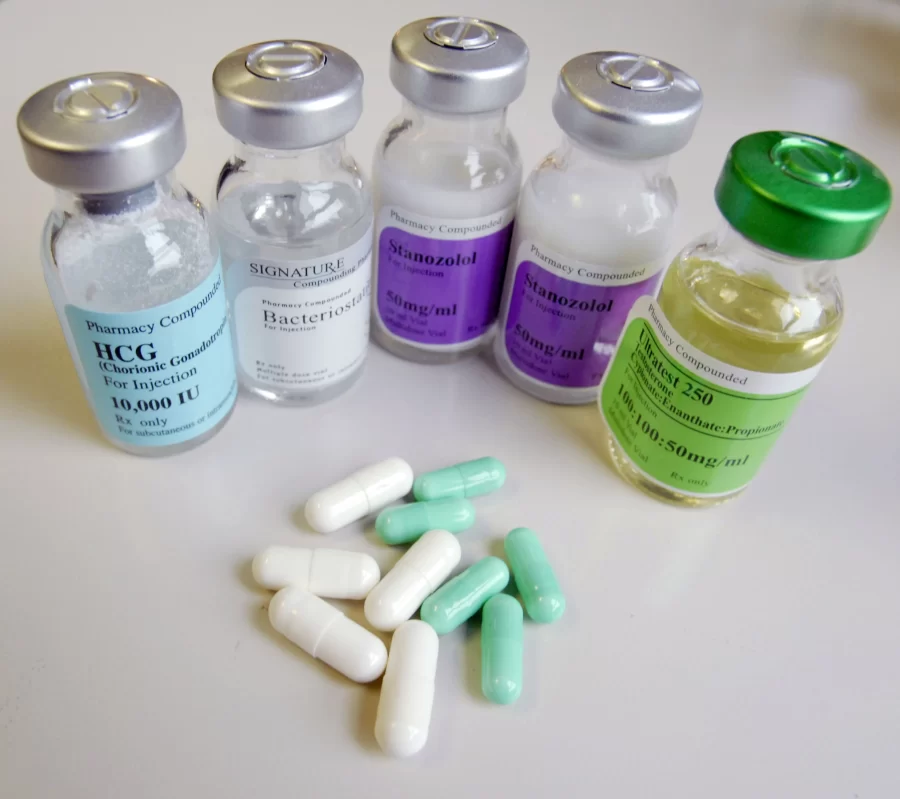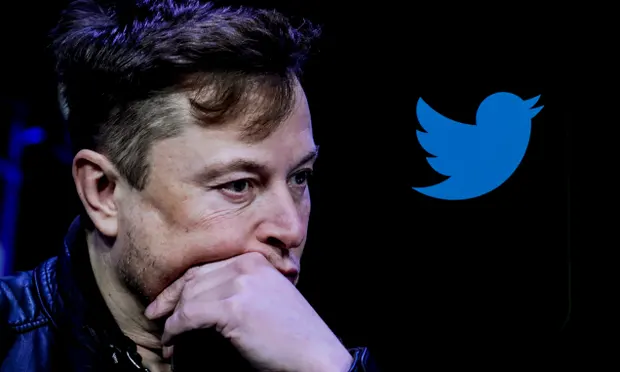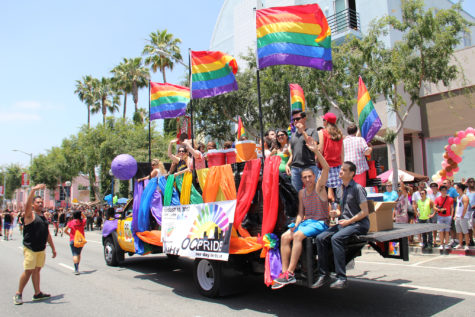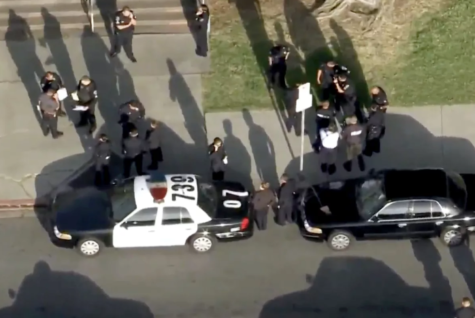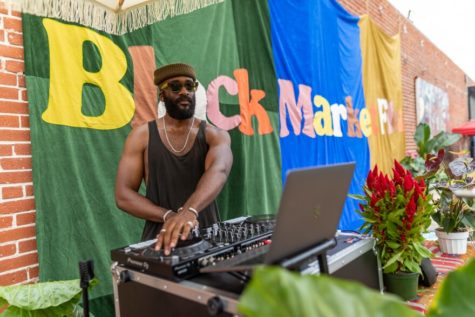What’s Going On With Twitter
If you have been on any social media in the past few months, you have likely heard about the CEO of SpaceX and Tesla Inc., Elon Musk, and his recent purchase of the social media platform Twitter. There has been a lot of controversy and drama regarding this decision with more happening every day. So here is everything that happened between Elon Musk and Twitter as of early December.
Elon’s first sign of interest in the company was on January 30, 2022, when he started purchasing shares of Twitter. Later in March, he asked his followers, “Free speech is essential to a functioning democracy. Do you believe Twitter rigorously adheres to this principle?” Elon had previously made many comments that free speech rules on social media were “hurting democracy and publicly showed interest in building a new but similar platform.” He also stated that if he bought Twitter, he would reverse the ban on former President Donald Trump, saying that the ban was a “morally bad decision.” Musk continued to buy Twitter shares and in April he became the largest shareholder with 73.5 million shares, according to the Associated Press, gaining the attention of the then-CEO, Parag Agrawal, who offered him a position on the Twitter board – which Musk declined.
On April 14, 2022, Twitter revealed in a securities filing that Musk had offered to buy the company outright for about $44 billion. This led to the Twitter board unanimously agreeing to adopt a “poison pill” defense in response to Musk’s offer. According to Oxford Languages, a poison pill is a tactic used by a company threatened with an unwelcome takeover bid to make itself unattractive to the bidder. Musk then lined up $46.5 billion in financing to buy Twitter. He sold $8.5 billion worth of Tesla shares and was able to obtain $7 billion in financial backing from tech investors like the Sequoia Capital Fund, Oracle co-founder Larry Ellison, and the Crown Prince of Saudi Arabia, who provided him with $35 million in Twitter shares. The rest of the funding came from Musk’s equities and a number of bank loans. Twitter’s shares then began to rise as more well-known names chipped in.
Musk, however, halted his plans to buy Twitter in May. Musk reasoned it was because he wondered exactly how many bots and fake accounts there were on the platform. A few weeks later, Musk threatened to end the deal with Twitter if they didn’t provide the information about bots and fake accounts. Then on July 8, he officially declared that he would abandon his offer to buy Twitter due to the company not providing the information regarding the number of fake accounts, which led Twitter to sue him for not upholding the deal. Musk countersued the company.
Then, according to NPR, in August, a former head of security at Twitter alleged the company misled regulators about its poor cybersecurity defenses and its negligence in attempting to root out fake accounts that spread disinformation. Musk cited the former head of security to strengthen his case to terminate the Twitter deal.
However, before the trial in October, Musk seemed to have changed his mind and once again proposed his offer to buy Twitter for $44 billion. Twitter officially agreed to the offer on October 27, with Musk immediately becoming Twitter’s new owner and CEO. After the purchase, Musk fired several top executives, including former CEO Parag Agrawal. Musk also unbanned Kanye West from the platform after he was originally banned for tweeting antisemitic content.
In November, Twitter saw the loss of $4 million per day, according to Musk, who in turn laid off more than half of the Twitter workforce, citing the high revenue loss. According to CNN, Twitter laid off thousands of employees in departments across the company. Numerous Twitter employees began posting on the platform that they had already been locked out of their company email accounts ahead of the planned layoff notification. Simon Balmain, a former Twitter senior community manager who was laid off, told CNN that he lost access to Slack, email and other internal systems around 8 hours before receiving an email officially notifying him that he’d been fired. He added that the layoff email “still didn’t provide any details really” about why he’d been let go. Federal and California labor law requires employers to inform employees as early as 60 days prior to mass layoffs. Naturally, laid-off employees filed a lawsuit against Twitter for not meeting this requirement.
Advertisers like Chevrolet, Chipotle, Ford, and Jeep also began leaving the platform, some due to disagreeing with Musk’s ethics and some due to the Twitter Blue subscription crisis. Twitter Blue required users to purchase a subscription in order to retain their blue check marks indicating they were “verified” on the platform, which was later confirmed by Musk as a measure to combat spambot accounts. Unfortunately, it led to users impersonating brands and companies with a verified checkmark and tweeting false claims as those companies, causing advertisers to move away from the platform.
The mayhem continued at the company when Twitter’s top executives resigned and Musk hinted at possible bankruptcy of the company. Due to this, Musk issued an ultimatum to the remaining staff: Commit to his “hardcore” work culture or leave with three months severance pay. November 17, the night of the deadline for Twitter workers to reply to the ultimatum, saw the start of the app’s complete disintegration. According to a meeting recording from the company, the “hardcore” work culture required staff to put in extra hours and complete tasks with a “maniacal sense of urgency.”
Since then, there has been a widespread employee departure. Important servers that were previously monitored by multiple engineers may now be left unattended. A former Twitter engineer had previously issued a warning about an outage that affected servers managing both Twitter’s security and core operations. Because fewer than half of the staff had accepted his ultimatum, Musk abruptly closed down the Twitter offices until November 21.. Fast Firm and Insider cited an internal Twitter Slack post that stated the reason for the closure was to “avoid physical sabotage while the company sorts out access revocations.” The hashtags #RipTwitter and #GoodbyeTwitter started trending as concerns about Twitter shutting down grew since there weren’t enough employees to operate the network. To resolve the issues, Musk asked those “who actually write software” to fly to Twitter headquarters in San Francisco to help him “better understand Twitter tech stack.”
Musk’s cost-cutting agenda hasn’t turned a profit on Twitter, and the bills haven’t been paid yet. Former Twitter executives have hundreds of thousands of dollars in travel expenses that were passed to Musk for reimbursement. He advised the employees to renegotiate, stop paying, or refuse to pay the supplier outright. His leadership will “make a lot of mistakes,” but the company “will stabilize over time,” Musk said at a recent internal meeting. Musk also reinstated former President Donald Trump on Twitter, although the former president hasn’t tweeted since the previously permanent ban was lifted.
Meanwhile, Tesla stock is struggling in the market. On November 21, Tesla shares were trading at their lowest level in more than two years, 70% below analyst consensus prices. Losses involving Twitter and Tesla have reduced Elon Musk’s enormous net worth by $101 billion this year alone.
This is all of the information about Musk’s recent purchase of Twitter available now, but more news comes out every day.
